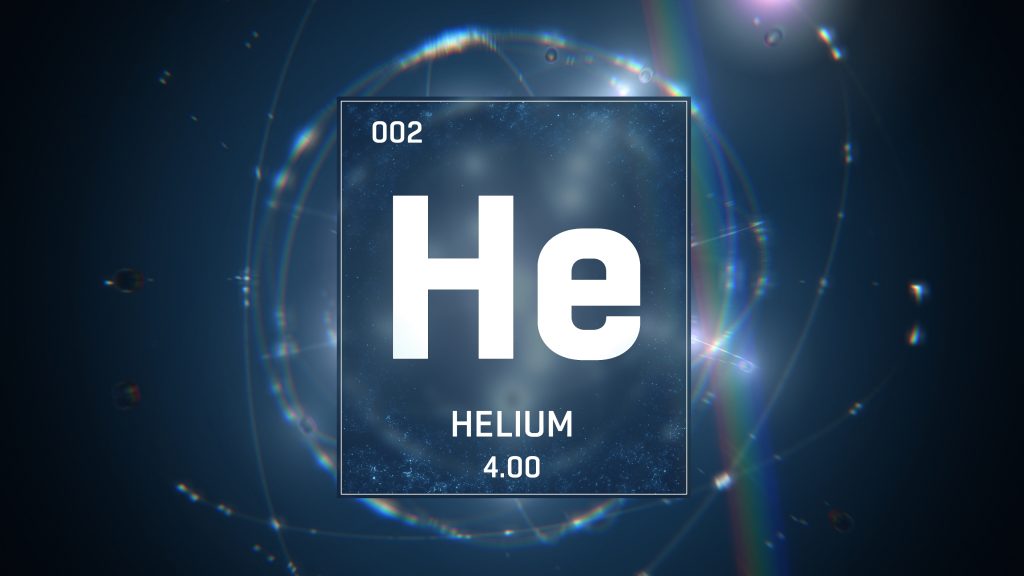REGINA — Saskatchewan is embarking on a long-term plan to become one of the world’s top exporters of helium.
This month the province revealed its Helium Action Plan: From Exploration to Exports, which maps how the province aims to become an international titan in helium production and export over the next decade, with a goal to supply 10 per cent of the global helium market share by 2030.
“In Saskatchewan, helium exploration and production are leading to more wells, more jobs, more facilities and, ultimately, more exports,” Energy and Resources Minister Bronwyn Eyre said in a statement. “We have high helium concentrations in the province and some of the most attractive geology in the world for low-emission helium production.”
The plan includes policy and program commitments to support and grow the entire helium value chain. It focuses on exploration, production, innovation, processing and export infrastructure. The provincial government has also expanded the Saskatchewan Petroleum Innovation Incentive to include helium projects.
Officials stated achieving their 2030 goal will create significant economic benefits in Saskatchewan, including creating more than 500 new jobs, adding more than 150 dedicated helium wells and building 15 helium purification and liquefaction facilities.
Canada currently has the fifth-largest known helium resources in the world, with considerable underground reserves located in Saskatchewan.
Provincial officials noted the province’s unique geology enables extraction of helium from dedicated wells that yield high concentrations of the commodity but generate a low greenhouse gas emissions profile, which is up to 99 per cent less carbon intensive than in other jurisdictions.
Helium is used in medical research, semiconductor manufacturing, space exploration, fibre optics, nuclear power generation and other advanced technology sectors. Prices for helium have increased substantially over the past few years and are expected to continue to rise due to increased global demand and shortage of supply. According to market estimates, the global helium market could potentially double by 2030.











Recent Comments
comments for this post are closed